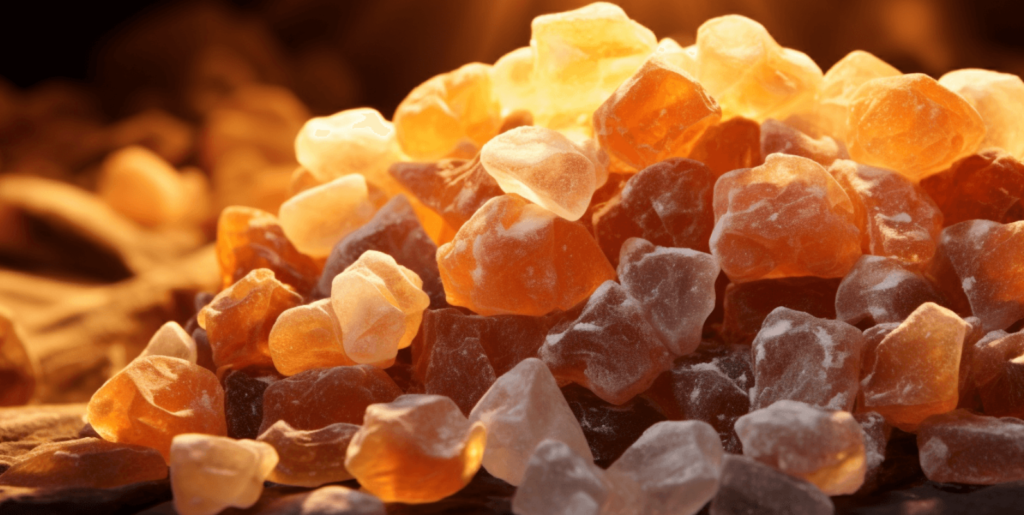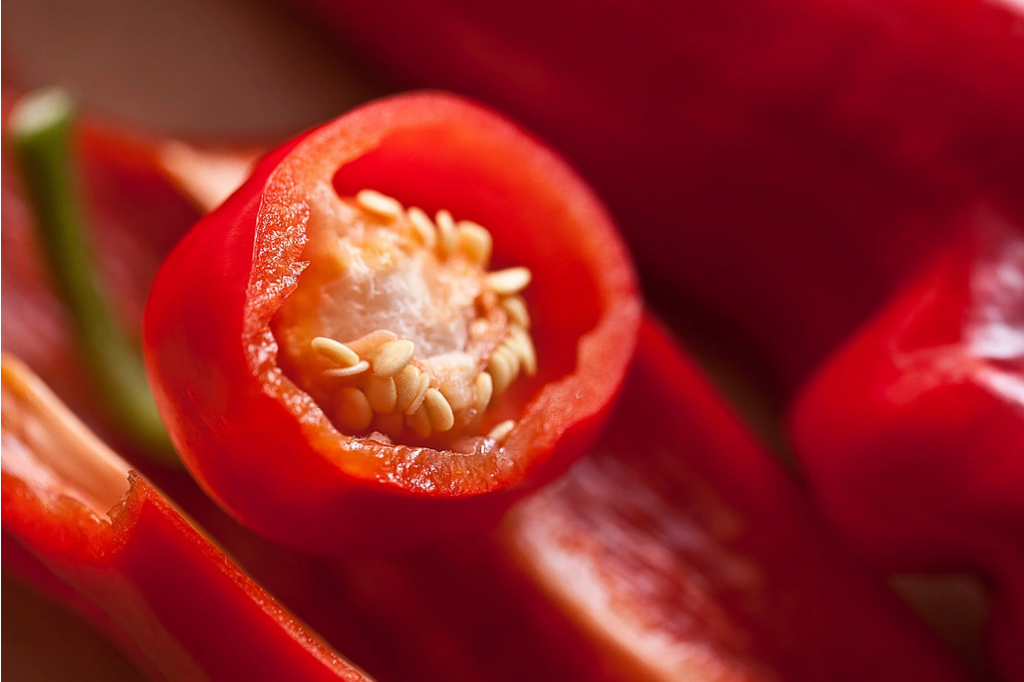In our fast-paced lives, it is natural for us to have quick remedies for almost everything. Modern industrialization has given us many benefits and quick solutions, but with many such innovations, we have paid a price too. Pain killers or relievers are one of such bestowments that modern industrialization has given to us. And while they are effective in relieving pain in the short term, many don’t know the long-term pain they set us up for (the irony).
We turn to conventional pain killers for a quick fix, but these often come with a host of drawbacks. Some come with the risk of addiction while others with potential side effects on the liver and kidneys. All of this is well documented. Be it ibuprofen or aspirin (which is now banned in many countries), the side effects are now well known. In this article, we delve into a more holistic and natural approach and bring to you 10 herbs that serve as effective and sustainable alternatives to traditional pain killers.
1. Turmeric

Active Ingredient: Curcumin
Turmeric is a staple in Indian cuisine and has been renowned for its potent anti-inflammatory properties for centuries. The active ingredient known as Curcumin is known to inhibit inflammatory pathways. Therefore it provides relief to those suffering from conditions like arthritis[1]. Hence, you can incorporate it into your diet or even take it as a supplement to manage chronic pain.
2. Willow Bark

Active Compound: Salicin
This is an age-old remedy and is derived from the bark of willow trees. It contains a compound called salicin, which is thought to be similar to aspirin[2]. Willow bark has been used for centuries to alleviate pain and reduce inflammation. Thus, you can use it as an alternative to other synthetic pain relievers as it ensures a gentler impact on the stomach.
3. Ginger

Active Compounds: Gingerol, Zingerone
While you might be already using this in your dishes, if you didn’t know, it has age-old medical benefits too. Gingerol and zingerone are the two prominent active compounds found in ginger. They exhibit anti-inflammatory and analgesic effects. Therefore, you can use ginger as a flavorful solution for pain management.
4. Cloves

Active Compound: Eugenol
Cloves are known for their rich and warm aroma. They contain eugenol which is a compound with remarkable analgesic properties. Therefore, even chewing on whole cloves or using clove oil can help alleviate dental pain, headaches, and even muscle soreness naturally [4].
5. Boswellia

Active Compounds: Boswellic acids
Boswellia is an age-old tree which is known for its fragrant resin. Boswellia contains boswellic acids which are known for their anti-inflammatory effects [5]. It has been used in traditional Ayurvedic medicine for ages and therefore can be a valuable addition to the natural pain relief arsenal.
6. Lavender

Active Compounds: Linalool, Linalyl acetate
While Lavender is known and cherished for its aromatic properties, you would be surprised to know its analgesic properties too. Although we would say the fragrance helps with the pain too!
Lavender has two active compounds known as Linalool and linalyl acetate. These compounds possess analgesic and anti-inflammatory properties. Thus, whether you apply it topically or use it in aromatherapy, lavender aids in easing pain.
7. Capsaicin

Active Compound: Capsaicin
For all the hot chili lovers, we believe that you might already know this. Capsaicin, the compound that gives chilies their hotness is a potent pain reliever [6]. When you apply it topically, capsaicin reduces substance P, a neurotransmitter responsible for signaling pain. As a result, some creams and patches contain capsaicin which you can use for managing localized pain.
8. White Willow Bark
Active Compound: Salicin

Similar to willow bark, white willow bark contains salicin. Since it is a natural aspirin alternative, it provides relief from pain and inflammation thus making it a gentler option for those seeking an herbal approach to pain management.
9. Arnica

Active Compounds: Helenalin, Dihydrohelenalin
Arnica is a vibrant yellow flower that you might have come across in homeopathic medicine. It contains helenalin and dihydro helenalin which are compounds known for inflammatory and analgesic effects [7]. Thu,s you can use it topically and as a cream or gel as it aids in reducing pain associated with bruises and sprains.
10. Valerian Root

Active Compounds: Valerenic acid
Valerian roots are quite well known for their calming properties. It contains valerenic acid which has been researched to have analgesic properties [8]. You might have come across it for its role in promoting sleep. However, valerian root also exhibits mild analgesic effects thus making its place in our list of herbs that are natural pain killers.
Embracing a Greener Approach: The Sustainability Factor
Choosing herbs as natural pain killers aligns with a greener and more sustainable lifestyle. Unlike the production of synthetic medications, cultivating herbs requires less energy and generates minimal waste. Moreover, the use of herbs contributes to biodiversity and supports local farmers. As a result, this fosters a more eco-friendly and socially responsible approach to healthcare. When you opt for herbal remedies, you not only prioritize your well-being but also contribute to a healthier planet.
Conclusion
Well, that concludes our list of herbal natural pain killers. The list is not exhaustive and there are many more herbs that have so many things to offer, be it dandelion extract for anti-inflammatory effects or milk thistle for liver support, the list is endless. Many herbs are currently being researched for even more health properties. Therefore, if you are someone who suffers from chronic pain then you should experiment with this. Make sure to consult your health provider to know any side effects. Also, share this article with someone who you think will benefit from this knowledge. And as usual, share your experience with us and others so that we can learn more. We would love to hear your feedback.





